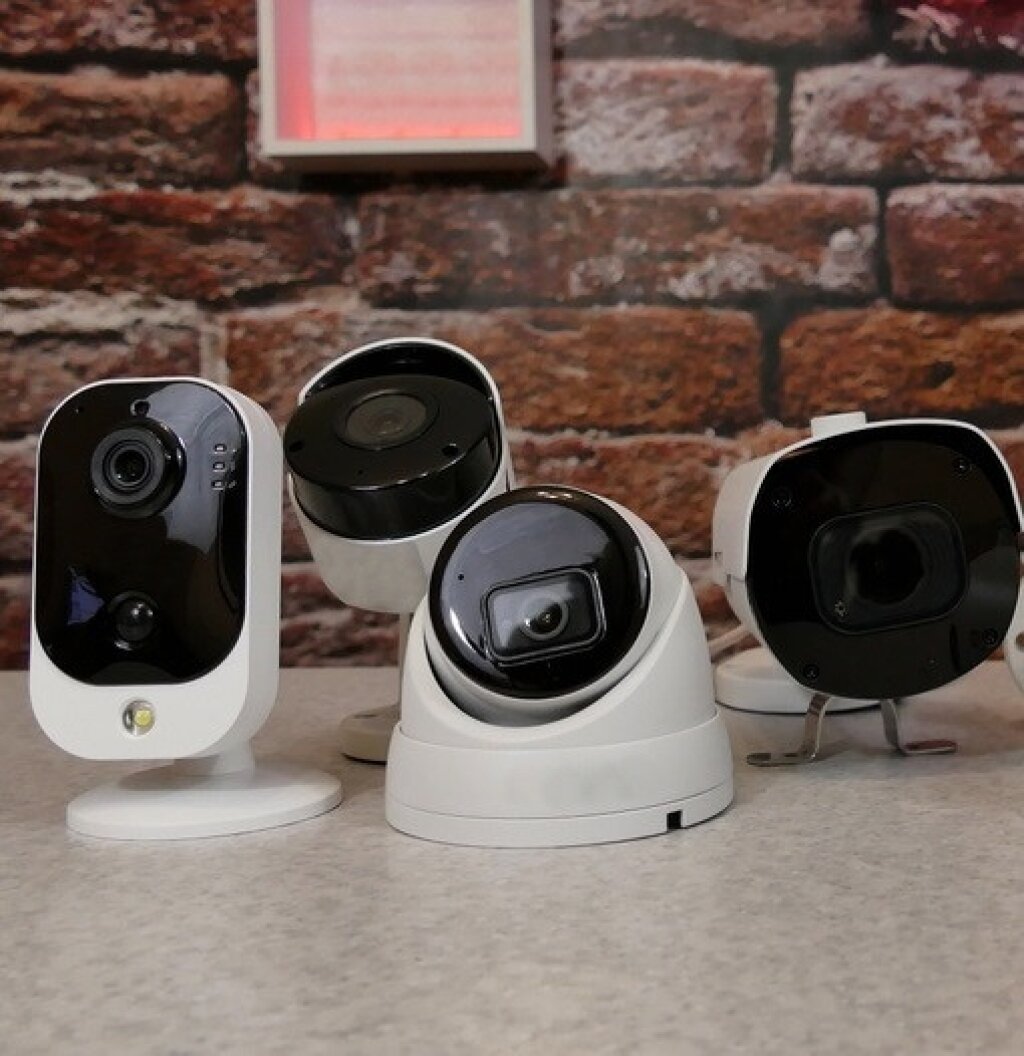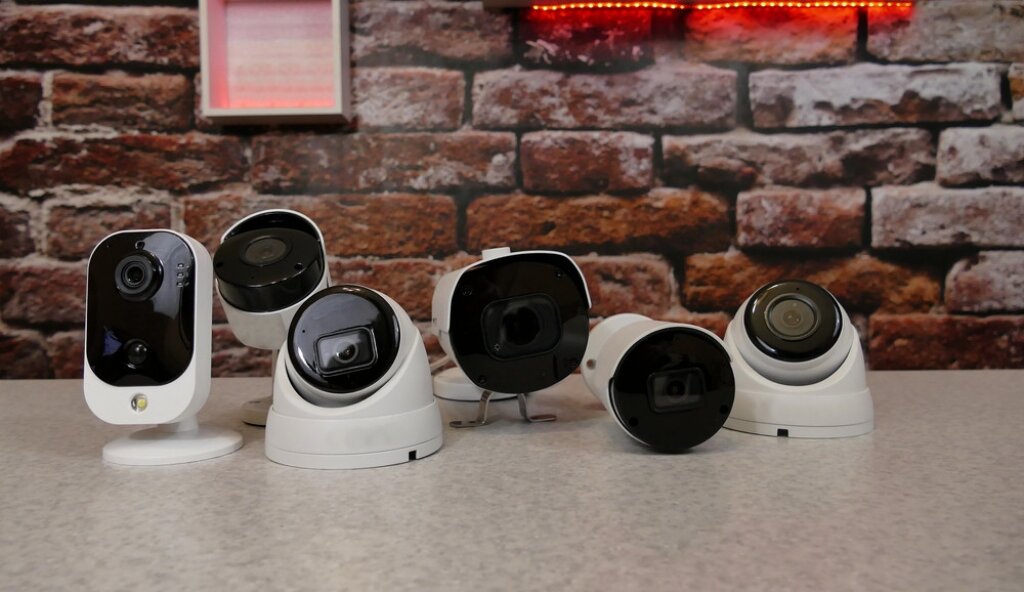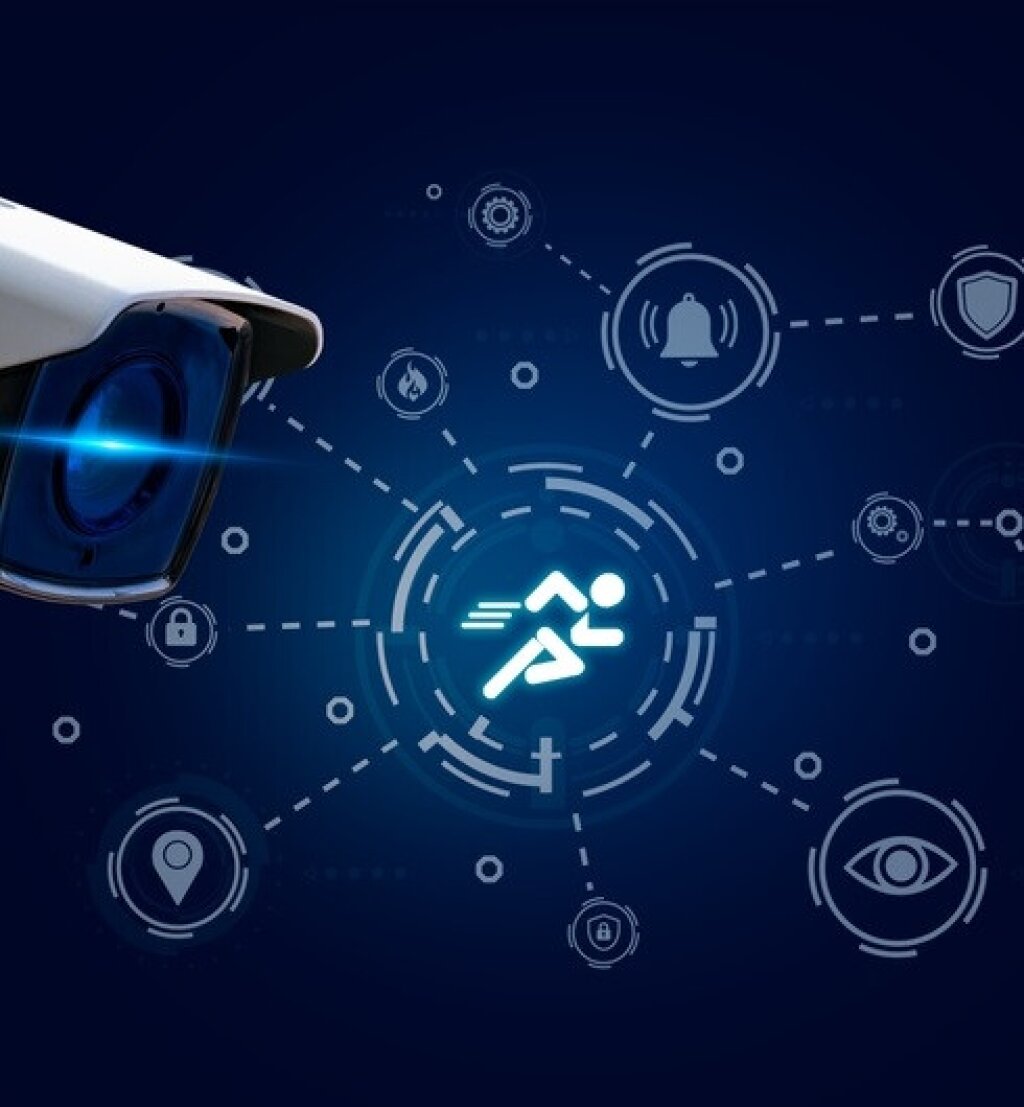Exploring CCTV Camera Types: A Comprehensive Guide to Surveillance Systems
In today's dynamic world, surveillance has become an integral part of our daily lives, be it for security, monitoring, or analysis purposes.
Closed-circuit television (CCTV) cameras play a pivotal role in this realm, and a wide variety of options tailored to diverse needs.
Understanding the various types of CCTV cameras available is crucial for selecting the most suitable system for specific applications.
In this article, we delve into the world of CCTV camera types to explore their functionalities and applications.
A select list of CCTV cameras
Dome cameras
Dome cameras are perhaps the most recognisable type of CCTV camera. Encased in a dome-shaped housing, these cameras offer a discreet yet effective surveillance solution. Dome cameras are versatile, suitable for both indoor and outdoor use, and are often vandal-resistant. Their inconspicuous design makes them ideal for monitoring retail spaces, offices, and public areas without drawing undue attention.Bullet cameras
Bullet cameras are characterised by their cylindrical shape. They resemble a bullet, hence the name. These cameras are designed for long-distance viewing and are equipped with built-in infrared LEDs for night vision capabilities. Bullet cameras are commonly used for outdoor surveillance in car parks, warehouses and perimeter security owing to their robust build and weatherproof design.PTZ cameras (Pan-Tilt-Zoom)
PTZ cameras offer unmatched flexibility and control compared to other CCTV camera types. These cameras can pan (move horizontally), tilt (move vertically), and zoom in on specific areas of interest. PTZ cameras are remotely controlled, which allows operators to track subjects in real-time and zoom in for detailed monitoring. They are often deployed in large areas such as stadiums, airports, and city centres where comprehensive surveillance coverage is essential.Box cameras
Box cameras are traditional CCTV cameras known for their modular design and customisable features. These cameras are highly adaptable, and allow users to interchange lenses to suit different surveillance requirements, including long-range viewing or wide-angle monitoring. Box cameras are commonly used in environments where specific surveillance needs must be addressed, such as license plate recognition or facial recognition applications.Thermal Cameras
Thermal cameras operate based on heat signatures rather than visible light, which makes them ideal for low-light or no-light conditions. These cameras detect infrared radiation emitted by objects and translate it into visible images to enable surveillance even in complete darkness or challenging weather conditions. Thermal cameras are frequently employed in perimeter security, border control, and industrial monitoring where detecting intruders or anomalies is critical.Wireless Cameras
Wireless CCTV cameras eliminate the need for cumbersome wiring. They offer hassle-free installation and flexibility in placement. These cameras transmit video signals wirelessly to a central monitoring system or network, providing seamless integration with existing infrastructure. Wireless cameras are ideal for temporary surveillance setups, remote locations, and areas where running cables is impractical or costly.Covert Cameras
Covert cameras, also known as hidden or spy cameras, are designed to monitor activities discreetly without attracting attention. These cameras are often concealed within everyday objects such as smoke detectors, clocks, or motion sensors, which makes them virtually undetectable. Covert cameras are widely used in undercover operations, nanny monitoring, and in retail environments to deter theft or misconduct.
The diverse range of CCTV camera types available in the market caters to multiple surveillance needs and environments.
Understanding the strengths and limitations of each type is essential for designing effective surveillance systems tailored to specific requirements.
Whether it is safeguarding homes, businesses, or public spaces, the right CCTV camera can enhance security, provide valuable insights, and ensure peace of mind in an increasingly interconnected world.
Finding the perfect CCTV surveillance solution
Finding the right surveillance solution is crucial for safeguarding homes, businesses, and public spaces.
With so many options available, navigating the world of surveillance systems can be daunting. However, armed with the right information, you can select a surveillance solution that aligns with your security needs.
Use our guide to find the right CCTV surveillance solution.
Assess your security needs
Before delving into surveillance options, assess your security requirements thoroughly. Consider factors such as the size of the area to be monitored, the level of detail needed, environmental conditions, and budget constraints. Identifying specific security vulnerabilities will guide you in choosing the most appropriate surveillance system.Understand different surveillance technologies
Familiarise yourself with the various surveillance technologies available in the market. From traditional CCTV cameras to advanced IP-based systems, each technology offers distinct features and capabilities. Understanding the strengths and limitations of each technology will help you make informed decisions based on your security objectives.Determine camera types and features
Selecting the right camera types and features is paramount to achieving effective surveillance coverage. Consider factors such as camera resolution, field of view, low-light performance, and weather resistance. Decide whether dome cameras, bullet cameras, PTZ cameras, or specialty cameras like thermal or covert cameras best suit your surveillance needs.Consider recording and storage options
Choosing the appropriate recording and storage options are essential for capturing, storing, and retrieving surveillance footage efficiently. Decide whether you prefer local storage solutions such as DVRs (Digital Video Recorders) or NVRs (Network Video Recorders), or cloud-based storage for remote access and scalability. Factor in retention periods and data management protocols to ensure compliance with regulatory requirements.Evaluate remote monitoring and accessibility
Remote monitoring capabilities allow you to access surveillance footage from anywhere, anytime, using desktop computers, smartphones or tablets. Look for surveillance systems with user-friendly interfaces and mobile apps that enable seamless remote monitoring and real-time alerts. Remote accessibility enhances situational awareness and enables timely response to security incidents.Ensure scalability and future-proofing
Invest in surveillance solutions that offer scalability and future-proofing to accommodate evolving security needs and technological advancements. Choose systems that support modular expansion, interoperability with third-party devices, and firmware updates for enhanced functionality and compatibility.Seek professional installation and support
While some surveillance systems are DIY-friendly, complex installations may require professional expertise. Partner with reputable security integrators or consultants who can assess your security requirements, recommend tailored solutions, and provide comprehensive installation, training, and ongoing support services.Prioritise data security and privacy
Protecting sensitive surveillance data is paramount in safeguarding privacy and preventing unauthorised access or tampering. Implement robust cybersecurity measures such as encryption, secure authentication, and network segmentation to mitigate security risks and ensure compliance with data protection regulations.
By following these guidelines, you can navigate the diverse landscape of surveillance solutions and find the perfect fit for your security needs.
Whether it is enhancing perimeter security, deterring theft, or monitoring critical assets, investing in the right surveillance system is essential for maintaining a safe and secure environment in an increasingly complex world.
Factors to consider when selecting CCTV cameras
There are 3 main factors to consider when choosing CCTV cameras: lens, sensor and output.
1. The correct lens
Choosing the correct lens will ensure that you receive a quality image. The right lens enables your camera to focus and bring enough light to the sensor, which helps in recognising licence plates, faces and other identifying information.
A zoom lens can provide more information because optical zoom adjusts the light as it reaches the sensor, which offers flexibility and enhanced pictures.
2. The correct sensor
There are two things to consider when selecting the right sensor: namely, type and size.
CMOS (complementary metal oxide semiconductor)
CCD (charged coupled device) cameras
CCD cameras are more expensive than CMOS; however they produce a clearer image, which makes them suited to identifying more and finer detail.
3. The correct output resolution
The more pixels, the better the picture. The highest resolution you can get is 700TVL but many mainstream cameras range between 300-550TVL. It is important to match a resolution that your camera can produce, as anything more is unnecessary and redundant.
(TVL (Television Lines) is defined as the maximum number of alternating light and dark vertical lines that can be resolved per picture height. A resolution of 400 TVL means that 200 distinct dark vertical lines and 200 distinct white vertical lines can be counted over a horizontal span equal to the height of the picture.)
High Definition (HD) CCTV Cameras Overview
HD CCTV cameras provide unrivalled picture quality that delivers high clarity images. HD CCTV cameras deliver resolutions from 720p up to 4K, which eliminates risks of the subject of recordings appearing grainy or distorted.
Main HD CCTV benefits
High definition pictures capture subjects clearly
Extra clarity can be achieved with zoom function
Available on most CCTV models such as domes and bullets
Crystal clear imagery provides undeniable criminal identification
Ideal HD CCTV uses
High definition cameras are particularly useful for use in environments where there is a high risk of theft. Businesses such as banks and casinos opt for HD cameras in order to ensure that visitors to their premises are captured in perfect clarity. The footage recorded provides undeniable identification in the event of a crime being committed.
Operate CCTV cameras compliantly
There are strict regulations that govern the use of any type of CCTV camera. Facit is a specialist in helping CCTV operators to redact video footage in live environments and post-recording to ensure that no privacy laws are breached.




